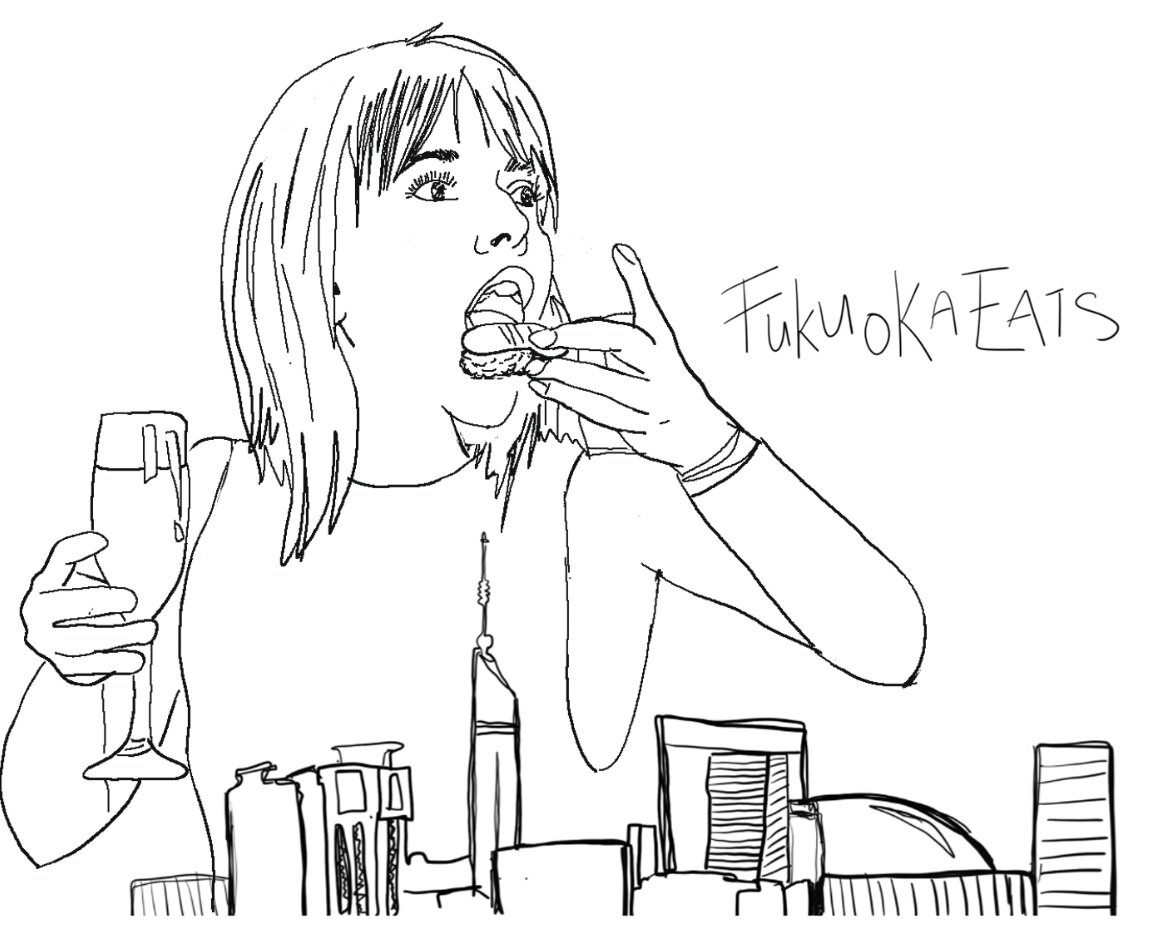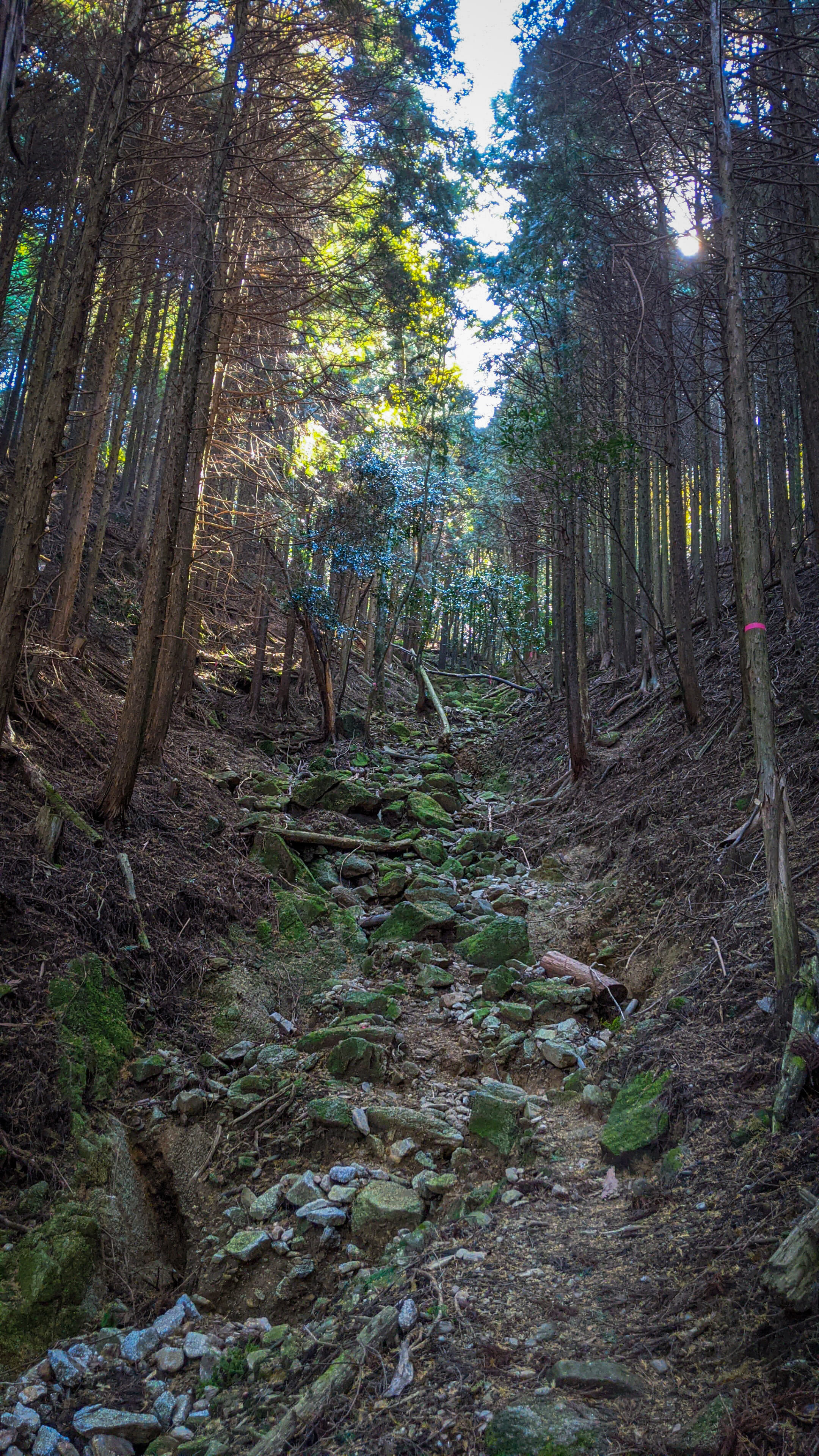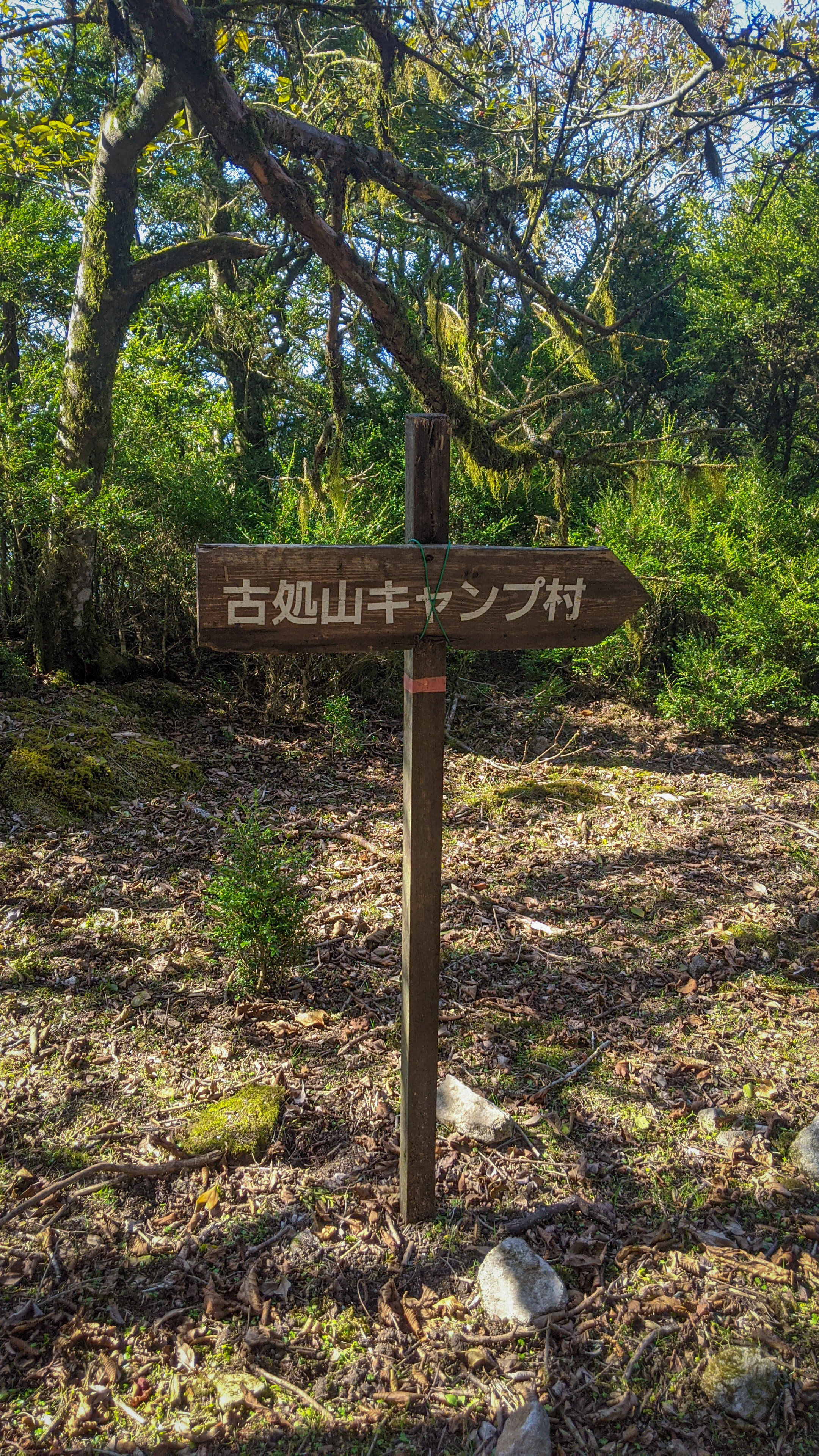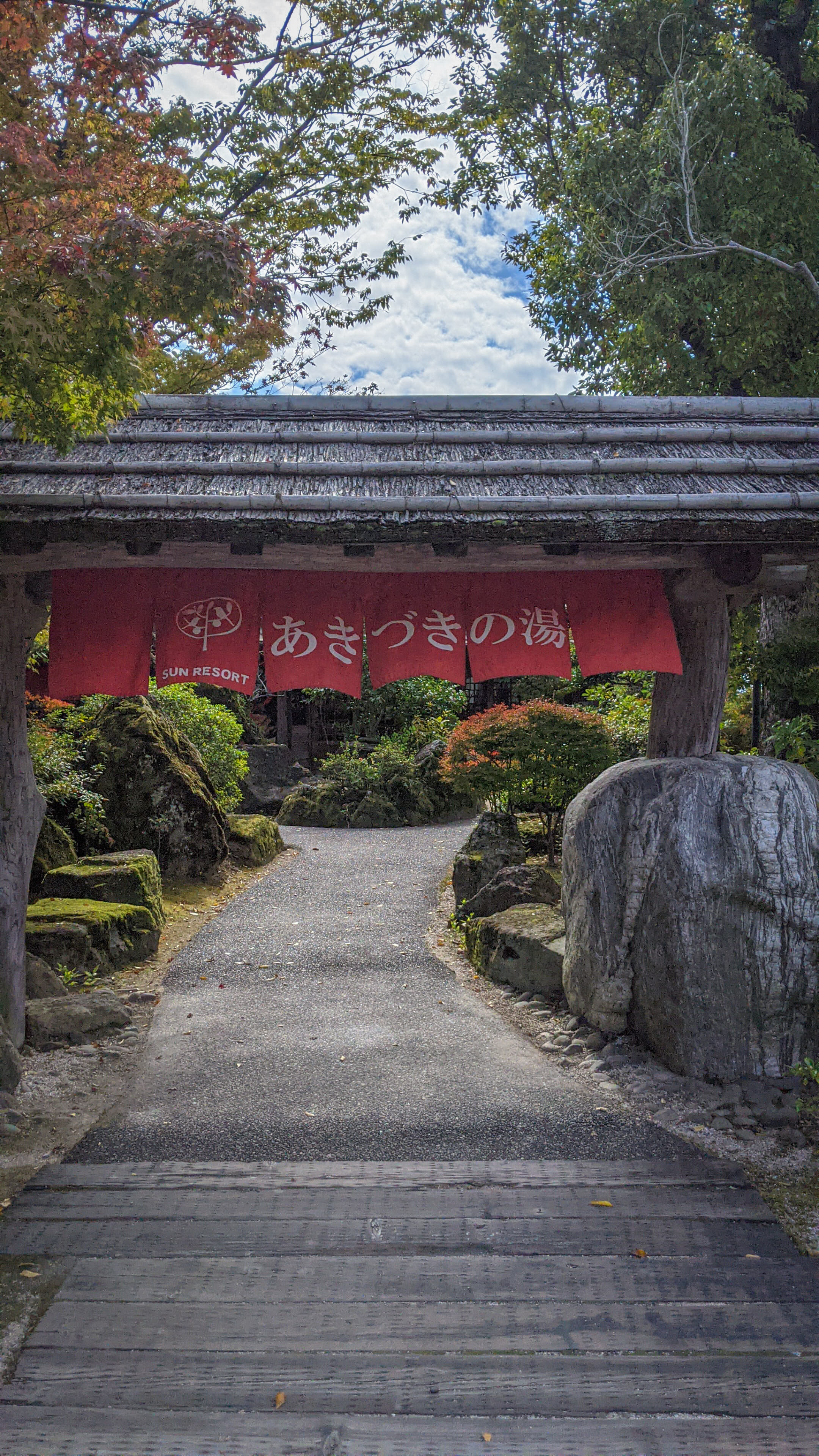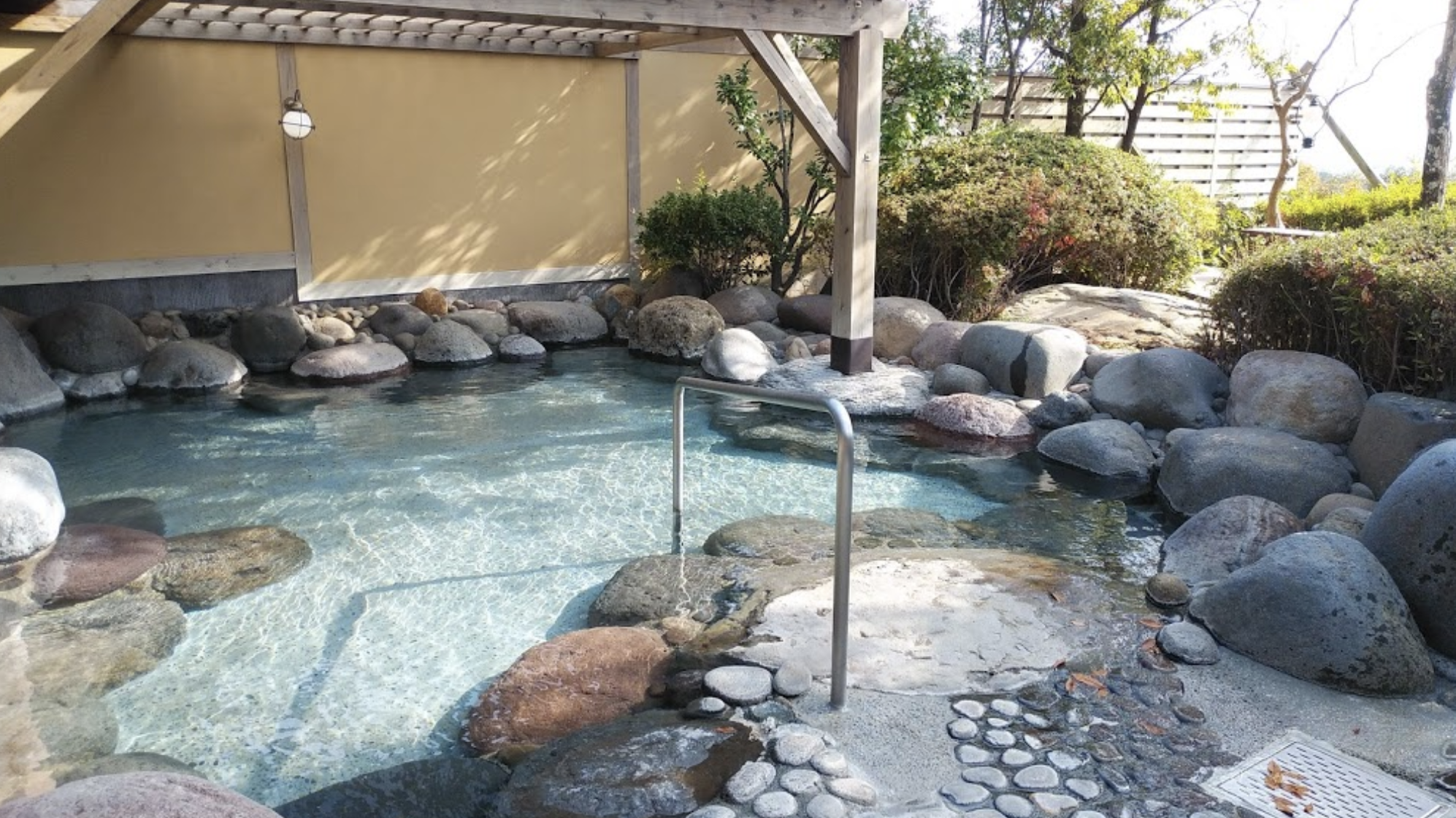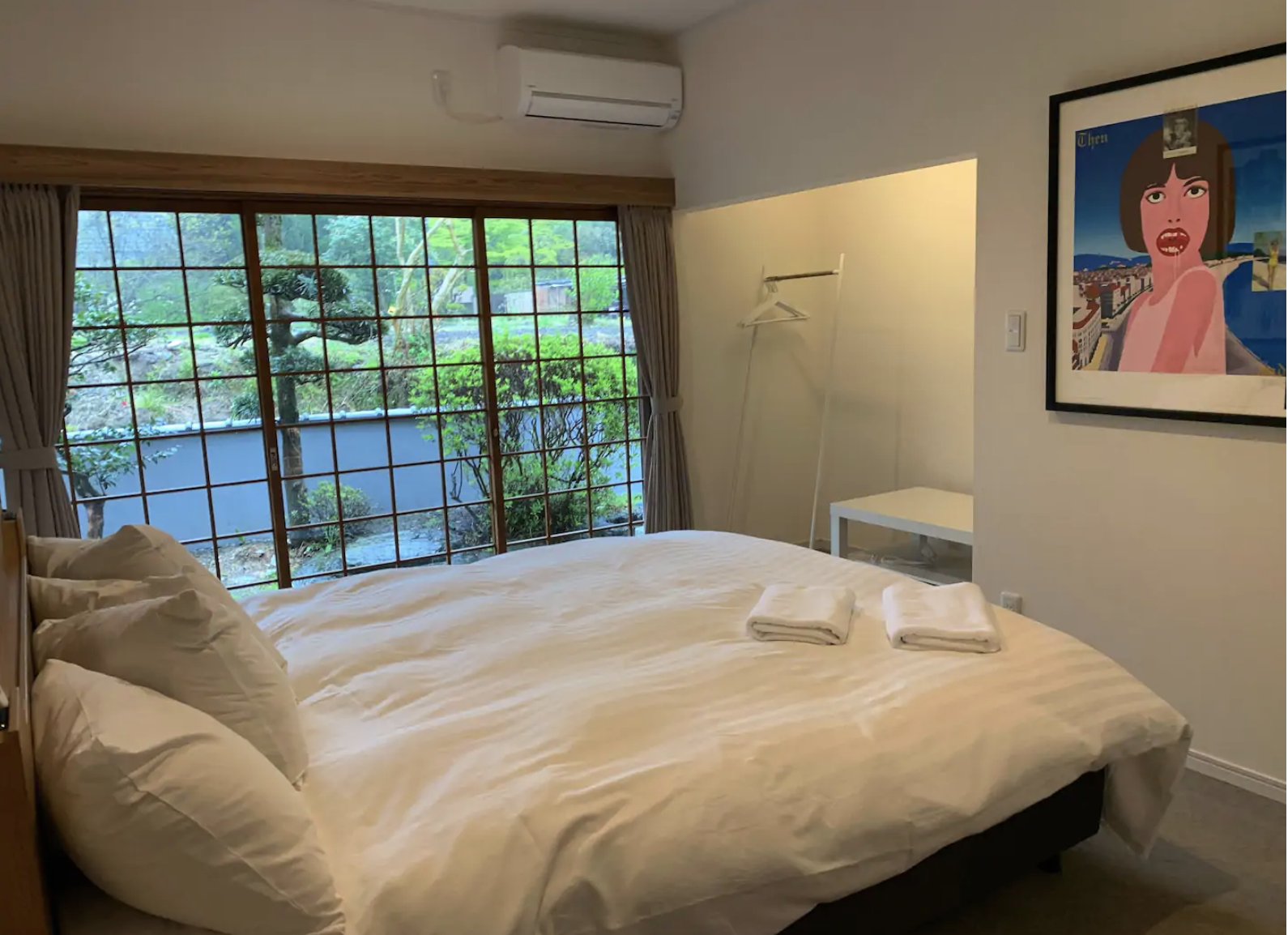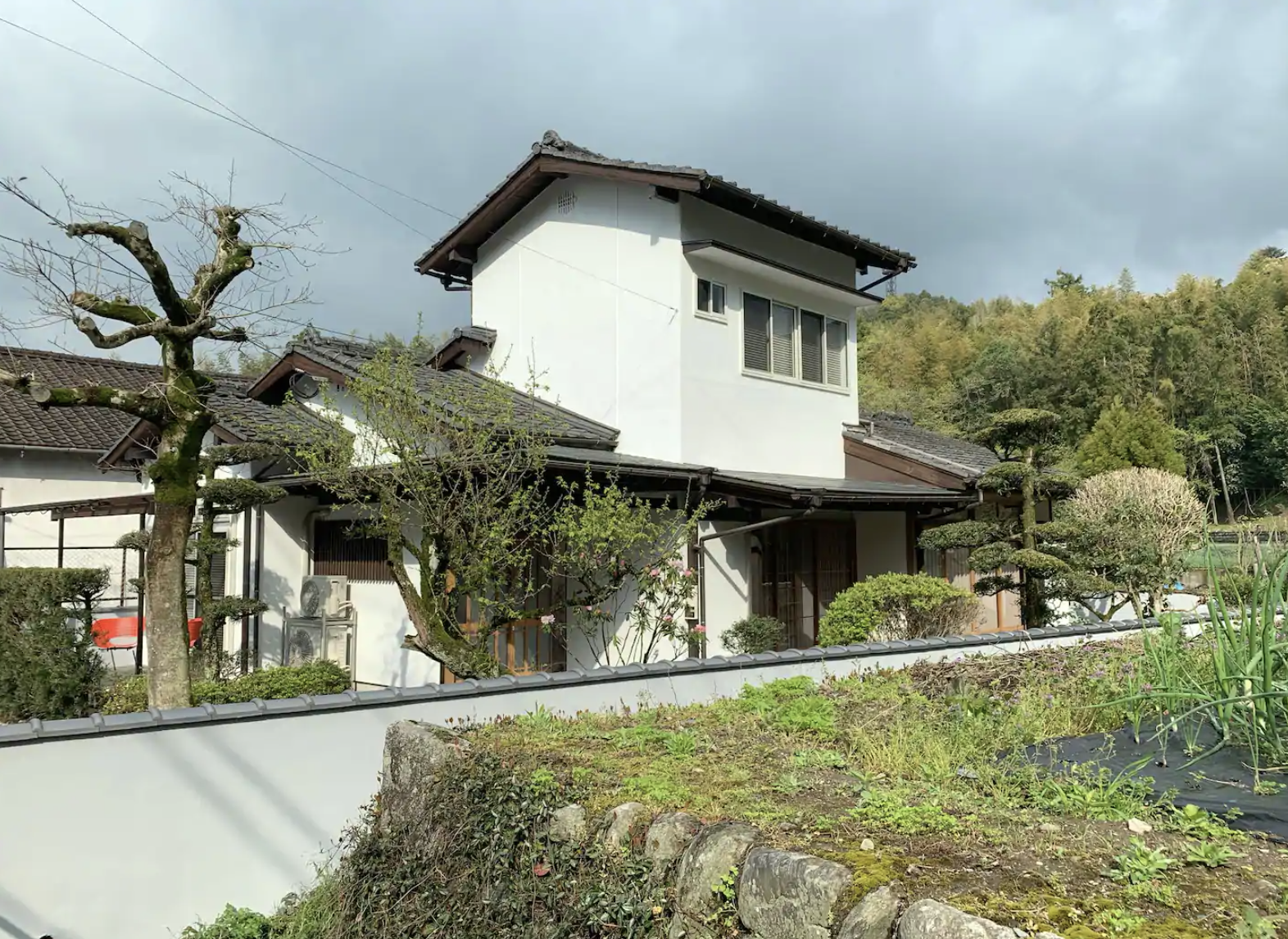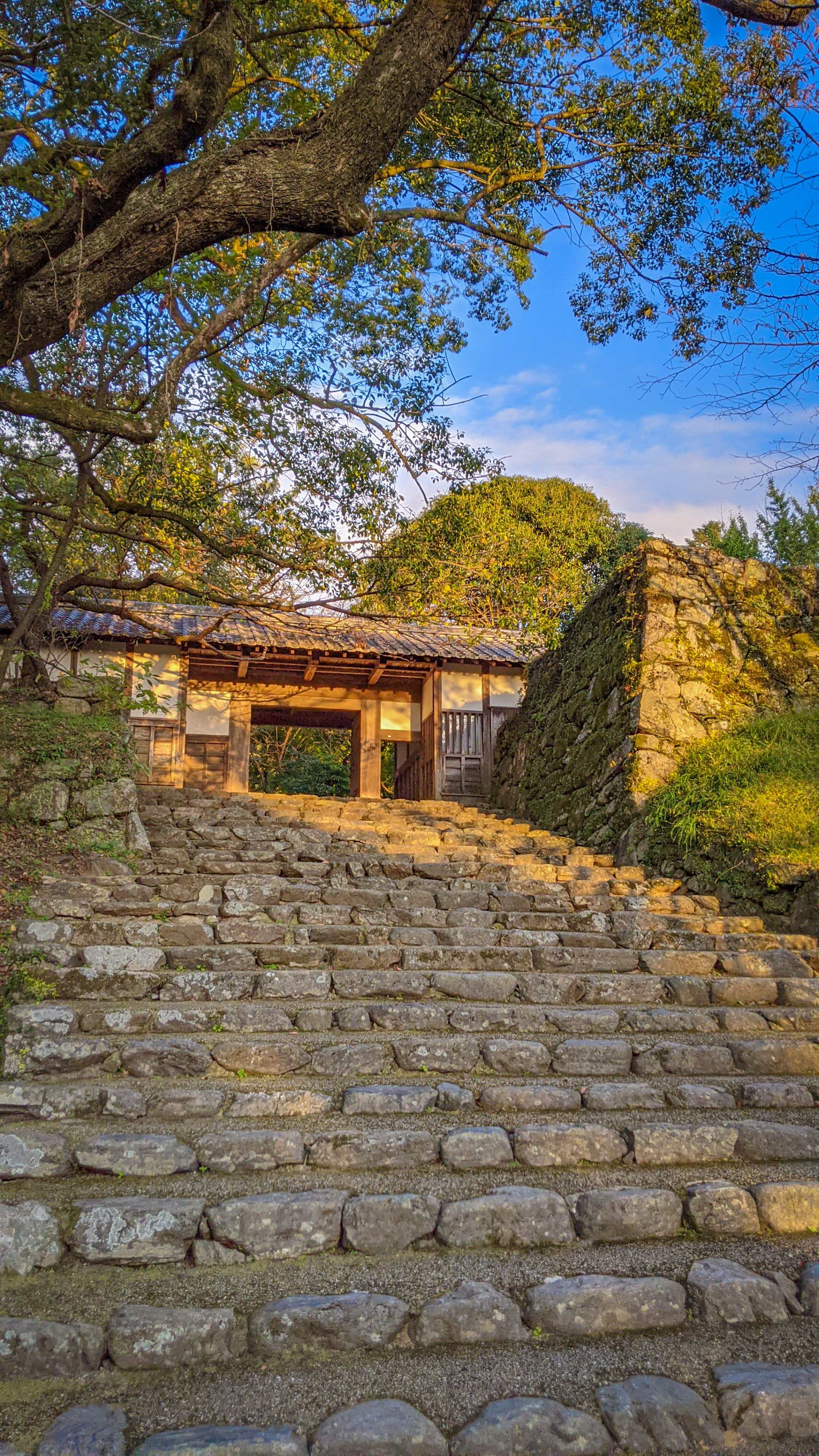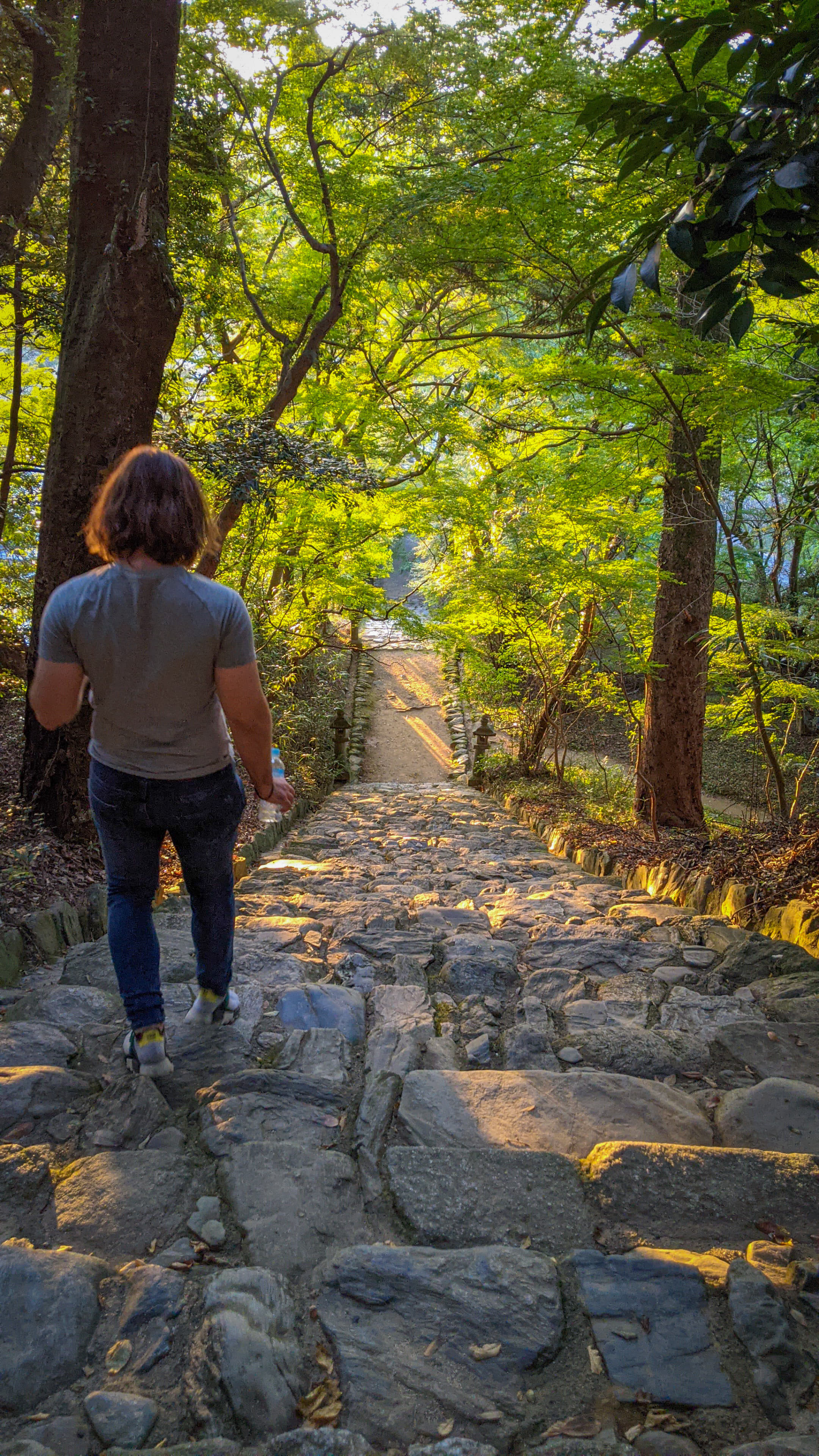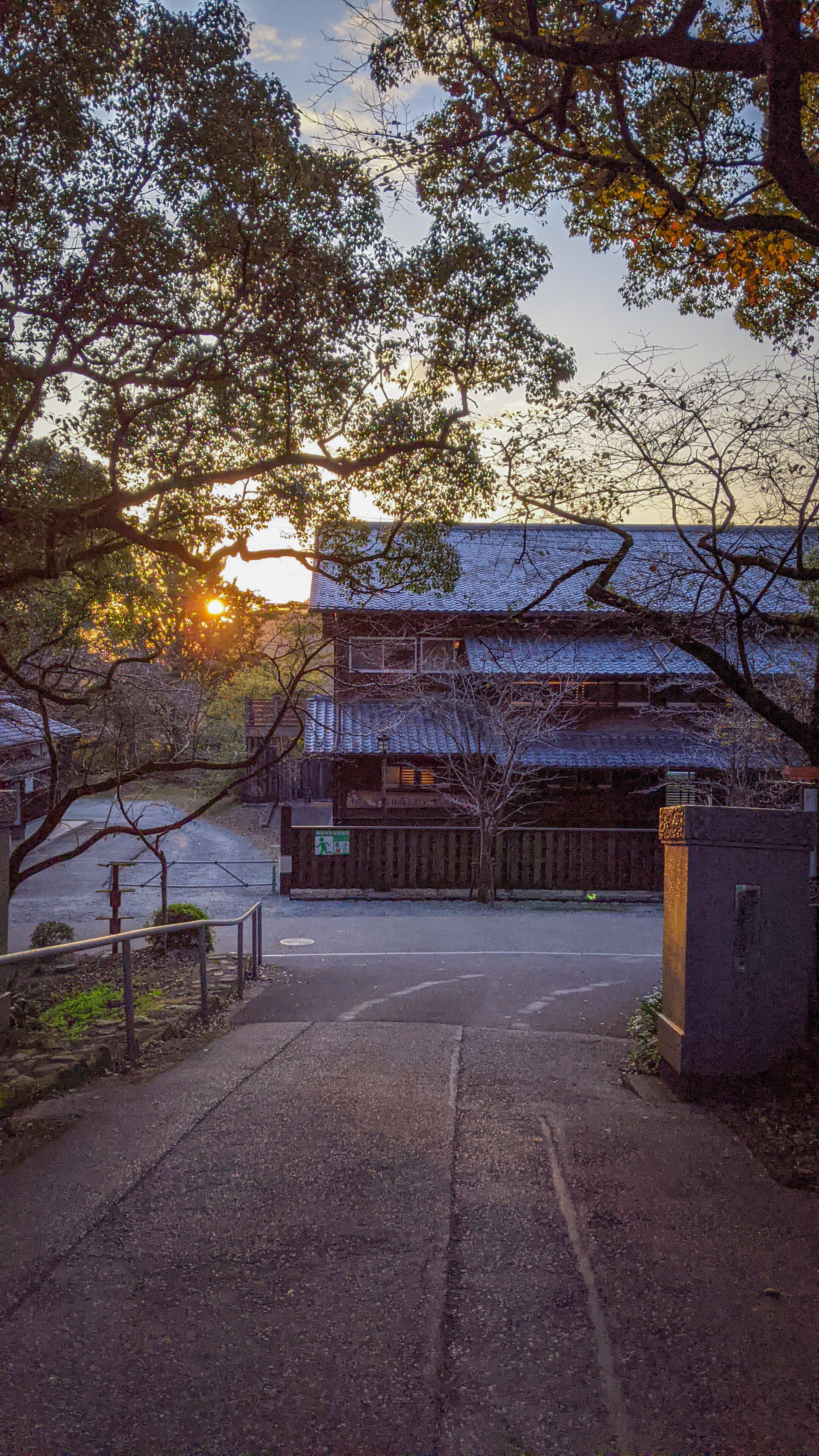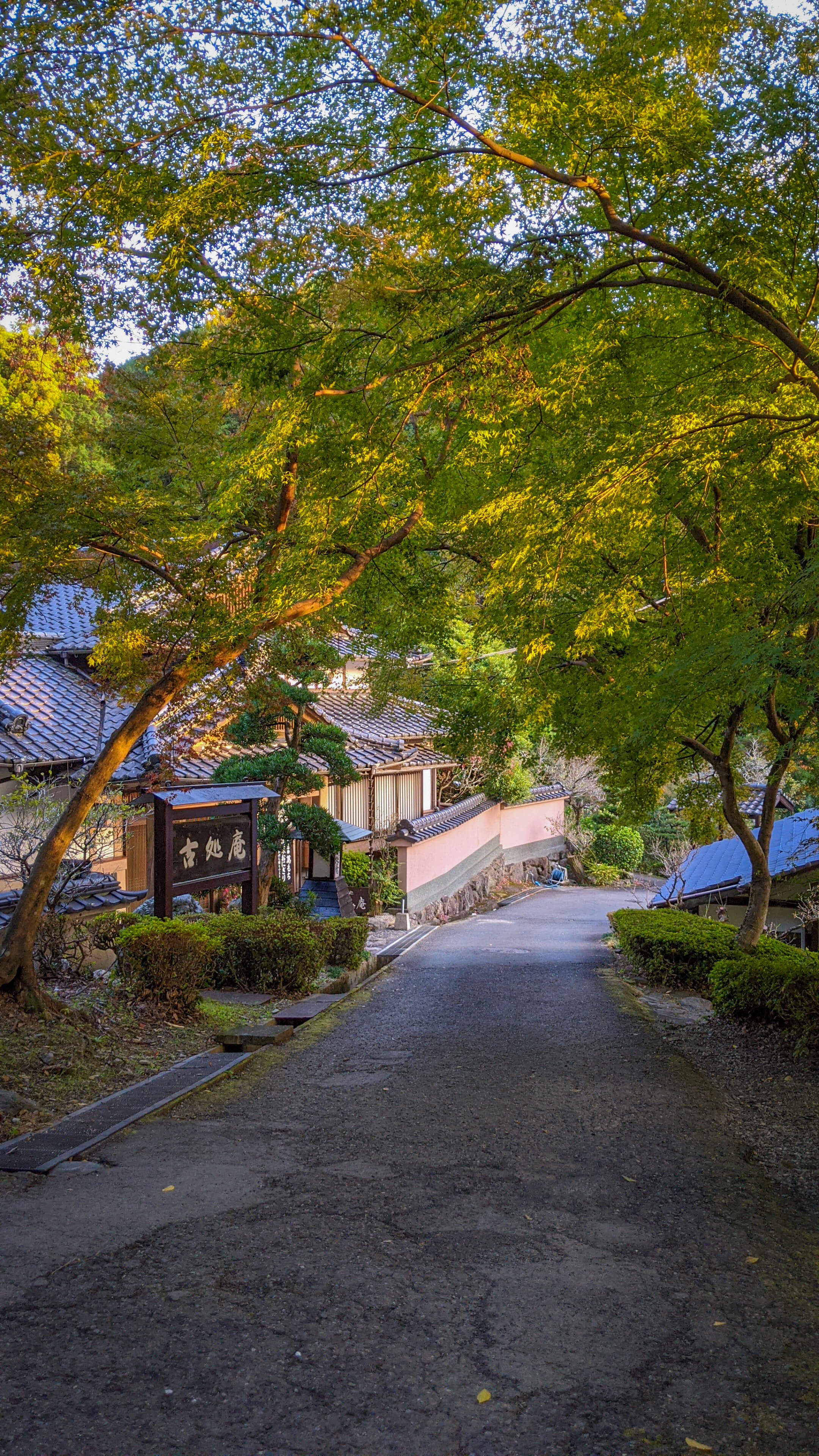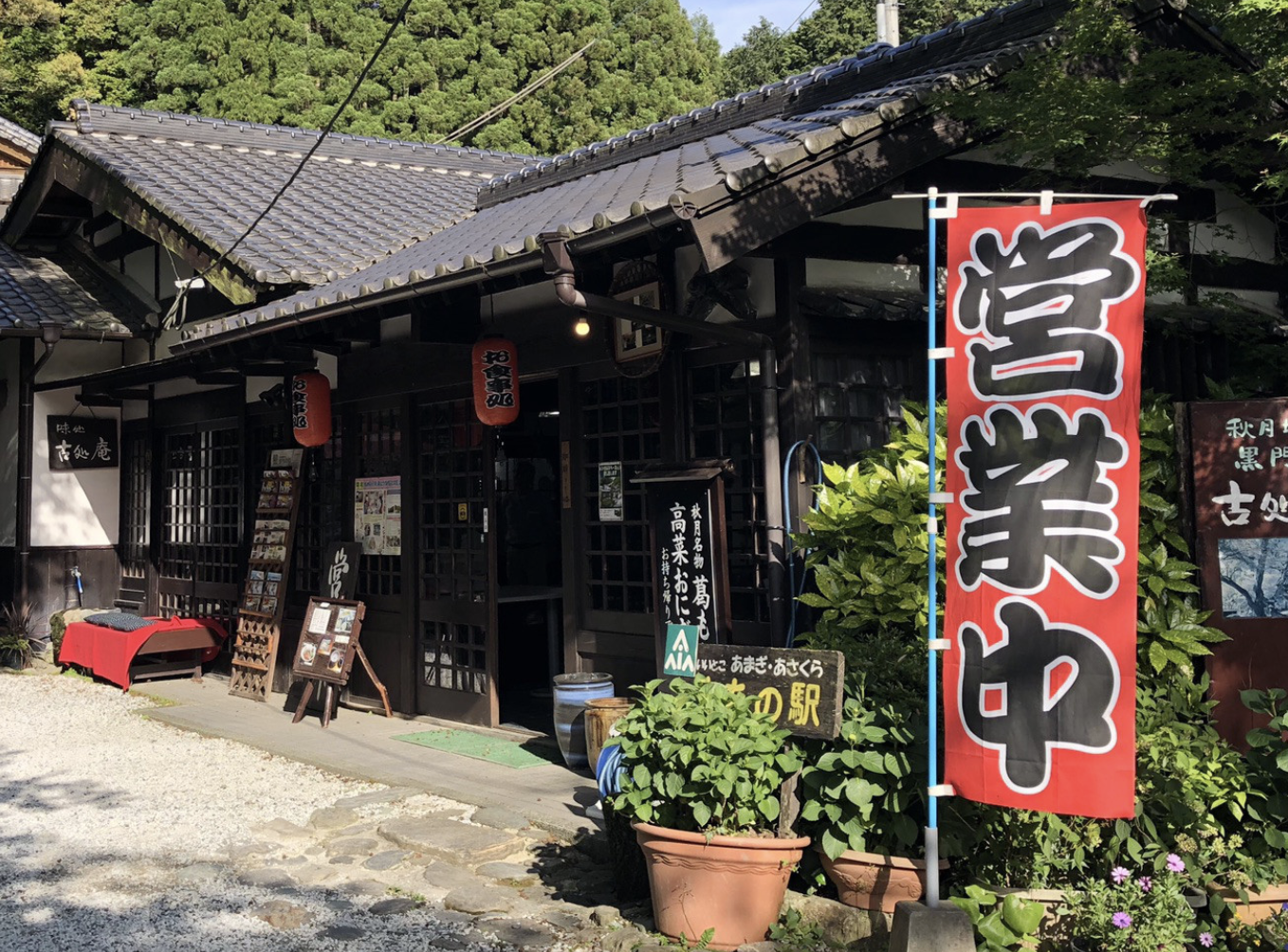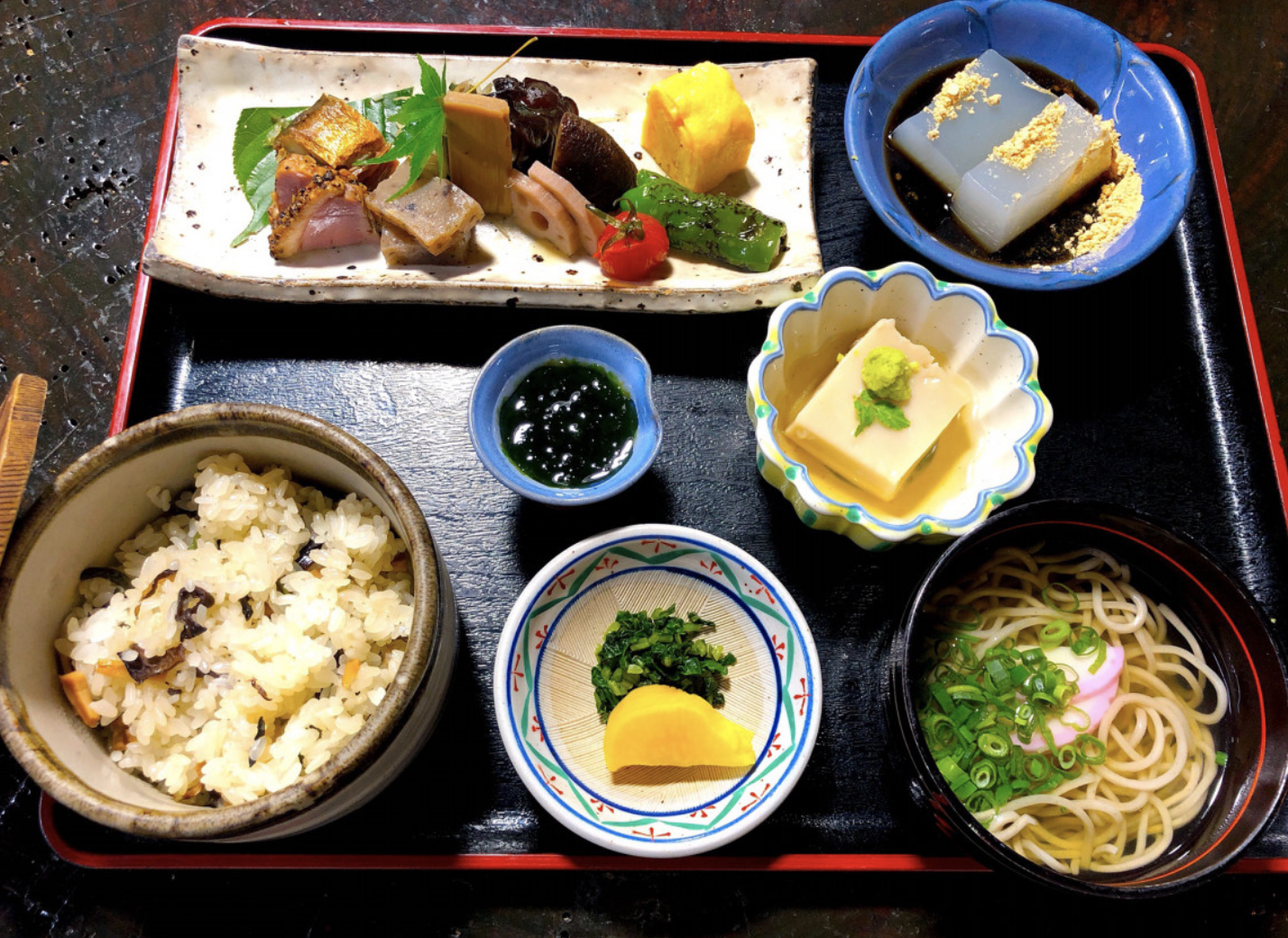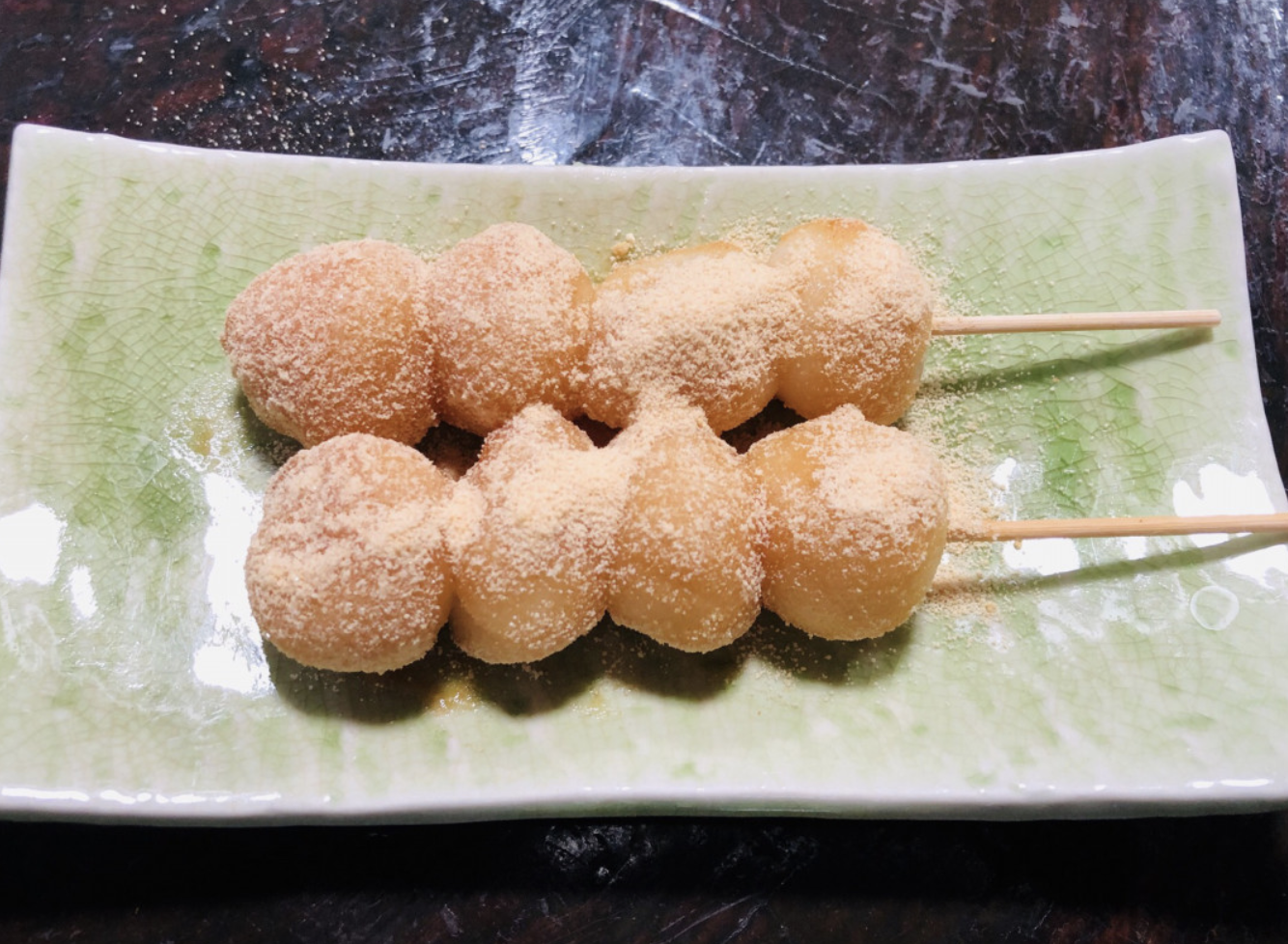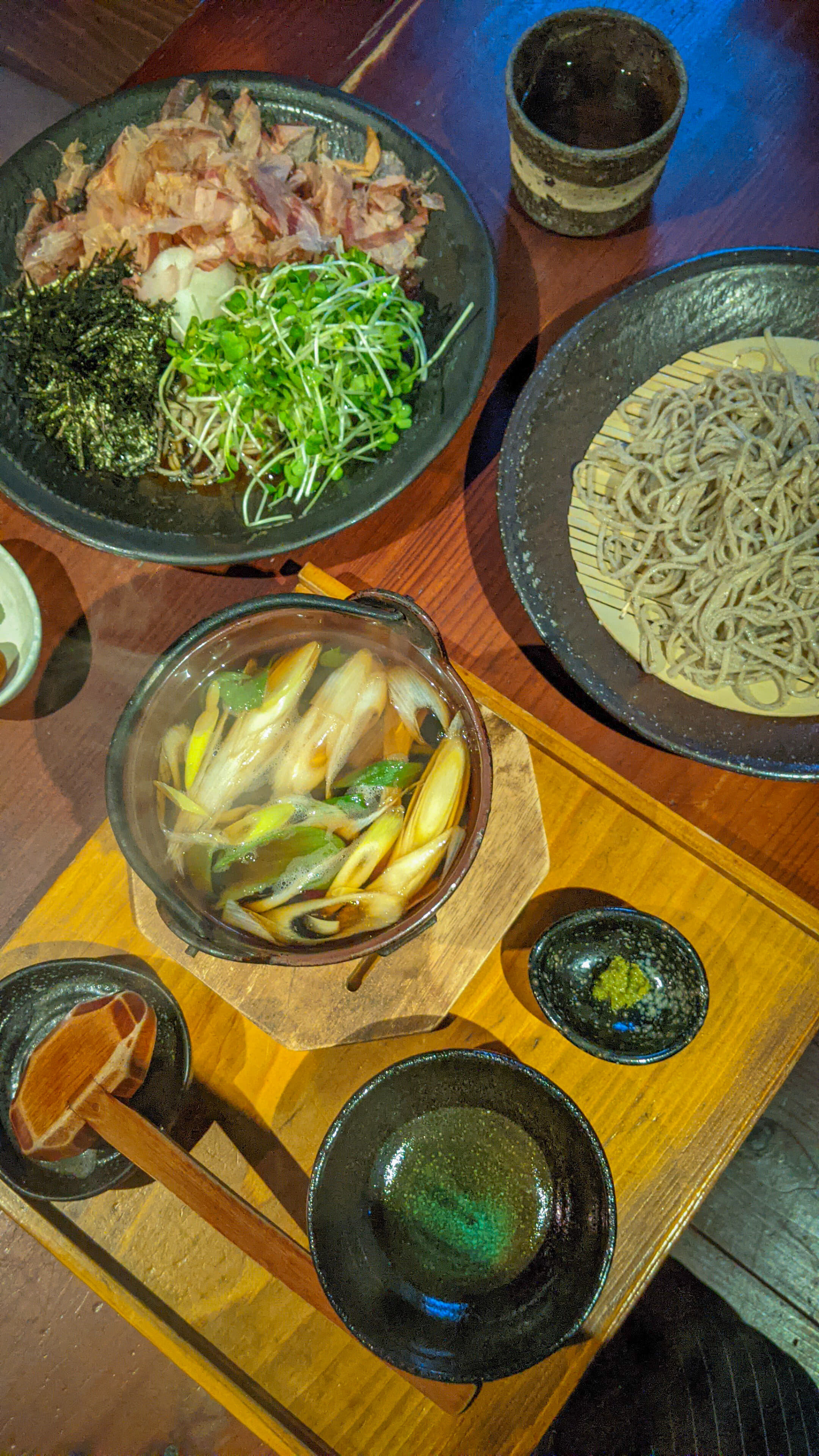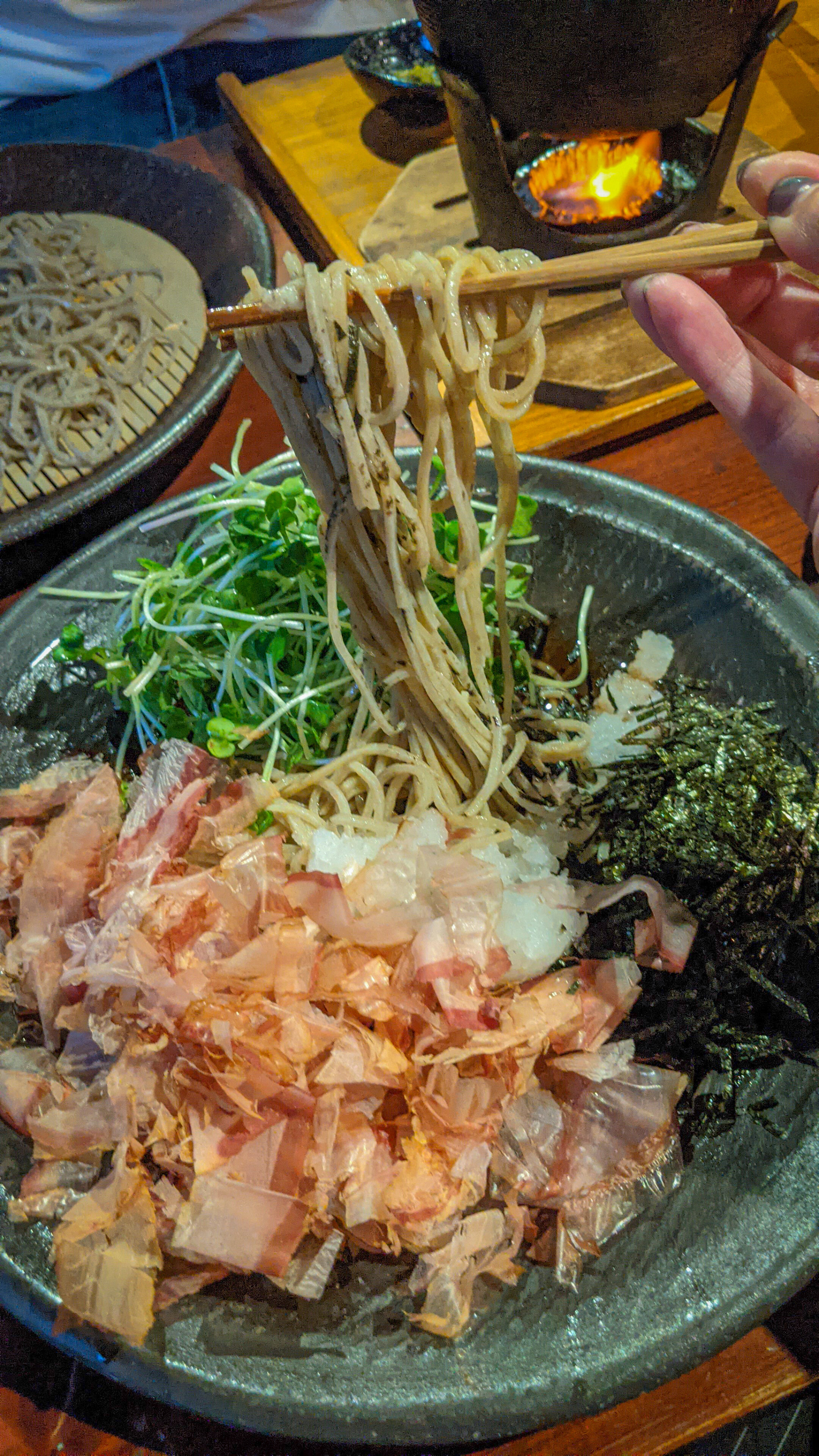Autumn Leaf Trip to Akizuki Castle Town!
Akizuki is one of those “hidden gem” locations that most visitors to Japan dream of discovering for themselves. An hour drive from Fukuoka City, just past Amagi Station and the city of Asakura, lies a sleepy castle town called Akizuki (appropriately named after the fall moon), known for it’s beautiful natural landscape, green farming fields, and historic ties to the sengoku era when the prefectures were at war. Popular with Japanese tourists during the Fall season for the changing leaves, and Spring season for the blooming sakura, this tiny little town is one of Fukuoka’s “off the beaten path” hotspots that is carefully protected in order to preserve it’s natural beauty. With onsen, local dining, and walking routes, and lots of traditional shops and museums nearby, Akizuki is a great choice for nature lovers and those who want to engulf themselves in a little bit of “historical” Japan.
The first thing I wanted to do on this trip was hike KOSHOSAN, one of the mountains in the area that rewards hikers with a sweeping view of the region. Typically, this hike starts right from the town of Akizuki, but due to catastrophic rain damage this year, the best route is from Koshosan Yujin No Mori Camp Site on the other side of the mountain. Still, if you can make it to the top, you are rewarded with a gorgeous view overlooking the farming towns surrounding the mountain, particularly Akizuki. Note: Older car rentals may not have updated GPS, it’s better to use your phone once you get to Amagi City to get to the campsite - there was a long tunnel recently constructed in the area and our car navigation did not know it existed.
The route from Yujin No Mori Camp Site has also had a bit of reconfiguring due to the floods and heavy rains from earlier this year, most of the terrain is clearly marked with signage, but detours are marked by pink ribbons tied to trees and rocks. The hike itself takes about 2 hours total (we climbed at 10:10am, and came back down 12:18 pm), but there are a few spots that will require a bit of climbing so bring shoes with good grip and make sure to take breaks frequently! Once you’re at the top, the breeze is welcoming and the autumn foliage is warm and inviting.
After making our way back down to the car, we needed some lunch and a place to rest our tired feet. Normally, I’d recommend dropping by Akizuki’s gorgeous luxury Ryokan Seiryuan for an onsen dip, but this year due to covid restrictions, they are keeping their public baths closed to day-trip patrons. We did some research and found Akizuki No Yu a little further out of the city - and lucky us, they have a restaurant as well! We had a filling lunch with Katsudon (fried pork cutlet with rice), and a Tonkatsu Teishoku (fried pork cutlet set lunch), and then spent an hour in the baths.
Even though I was disappointed we couldn’t visit Seiryuan this trip, I was impressed with Akizuki No Yu too. The water is soft and good for your skin, and the open air bath has benches with a scenic view overlooking the town below. If you’re not shy, it’s a great place to sit and take in the beauty of the Japanese countryside. Private baths for couples and families are available as well.
Finally, we arrived at Akizuki and checked into our Airbnb for the night - a refurbished Japanese home with a gorgeous garden. The owner, Kerry Greer, is a foreign resident from New Zealand, who is currently saving many old empty homes by turning them into share homes for visitors as a way to bring tourism into Akizuki Town. He’s also building a brewery in town, hoping to have it as a functional space for visitors to tour and visit sometime next year (note to self: come back to Akizuki!)
This particular Airbnb listing happens to be right inside the town, a 5 minute walk from the Akizuki Castle Ruins, and many other attractions, cafes and restaurants. The evening light was gorgeous, so we decided to take a quick walk around the neighborhood and enjoy the charming layout of this deeply traditional farming town.
We have arrived a little bit early for the autumn leaf viewing season - it is said that they’ll reach their peak around November 20th - but were still treated to the warm glow of the winter sun, and the vibrant greens and yellows as the leaves are beginning to turn. Akizuki Castle Ruins are a popular place for visitors to start when exploring the city, so we made our way to the area. There are stone steps, a few gates, and castle walls entirely enveloped in nature, with a fully-functioning Junior High School on the grounds - designed with a rare dark wooden exterior to match the castle town aesthetic.
One thing to be aware of when visiting traditional farming communities like this one, is that the day is over when the sun goes down - that often includes businesses and restaurants. The operating hours are relatively short, so make sure you check the operating times of everything and plan your itinerary so that you’re up earlier to get the most out of each day.
Nearby the castle ruins is a cute little restaurant called Kosho-an, named after the mountain we hiked at the beginning of the trip. The menu has photos and is very easy to understand - serving soba, local side dishes, and traditional Japanese sweets inside of an old-fashioned Japanese building - but be careful as it closes at 5pm! We were pretty full after lunch and weren’t planning on eating again so soon, plus a bit tired from the hike, so we decided to eat light snacks at the Airbnb and go to bed early instead.
The next morning we woke up to gentle but constant rainfall, and got to experience Akizuki town in a totally different light! The fog rolling over the hills, the grey clouds, and the wet pavement gives the town a darker vibe that feels quite mysterious - as if you’ve stepped back in time. Hardly anyone is out on the streets, and it feels like a ghost town, although I know that isn’t true - it was like we had the entire town to ourselves.
We wandered the city, and checked out the gorgeous megane-bashi - apparently the stones were brought from Nagasaki to build this bridge? The old stone bridge over the river, with the towering hill of trees in the background is a sight to behold, and over the next few weeks these colors will only get brighter and more vivid! Imagining what this will look like during peak season makes me wish we had plans to come back within the month.
Finally, we arrived at a famous lunch spot called Chikita - right on the dot at 11:00am, to be first in line for the famous soba. Although we were the first people in the shop, it wasn’t long before the shop was full and there was a lineup outside. The town felt like a ghost town in the rain - but it turns out everyone was just trying to stay cozy and warm somewhere indoors.
Through big open windows you can enjoy a hearty and fulling meal while gazing at the green trees that encompass the restaurant. There’s even a river nearby. We ordered the “inaka” soba set that came with a hot pot for dipping the soba noodles in, and an “oroshi” soba plated with Japanese greens such as daikon radish, umeboshi plum, seaweed, and topped with katsuobushi fish flakes. Each set included a plate of appetizers including sobagaki, tofu, and pickled vegetables!
Although I’ve had soba noodles in a Japanese restaurant before, the service at Chikita feels particularly fancy, I can see why people line out the door to grab a seat.
The biggest surprise was the “soba zenzai”, a traditional hot sweet-bean soup that is normally filled with soft and chewy mochi rice dumplings. This zenzai is instead served with sobagaki - buckwheat dumplings that have a little bit more grit and chew. It’s quite rare to see soba zenzai, so I was excited to try it - I was even more excited when I realized my zenzai didn’t have one, but three soba dumplings in it. Soba is typically a light meal in Japan, but at Chikita, it was hearty and filling. A perfect way to spend a rainy afternoon.
After lunch, we wandered the town a little bit more, but decided to call it a day and head home. From Fukuoka City, you can definitely make the trip to Akizuki in a day if you aren’t hiking, but I’m glad we spent the night and gave ourselves enough time to relax and really soak in the countryside good vibes.
This kind of trip can be a little intimidating for foreigners with limited language ability, but bring a good sense of humor and a smile and you’ll be fine! There’s lots of information on google, and many restaurants have reviews in English as well as photos so you can get an idea of what’s going on even if you don’t speak the language.
In the future, Asakura’s Tourist Association will offer English guided tours of the region, which will also make a great experience for those looking to make these “untouched” regions of Japan a little more accessible. According to their website, you can take the train to Amagi Station and rent a bicycle to reach Akizuki Town if you don’t have a car! (I’m linking the outdated Japanese page because I couldn’t find anything in English, but I heard bicycle rentals were 500yen/day now.)
If you’re still looking for a place to get out to and explore this fall season, Akizuki is a great contender that’s bound to be a little less crowded than hot spots in the city.
